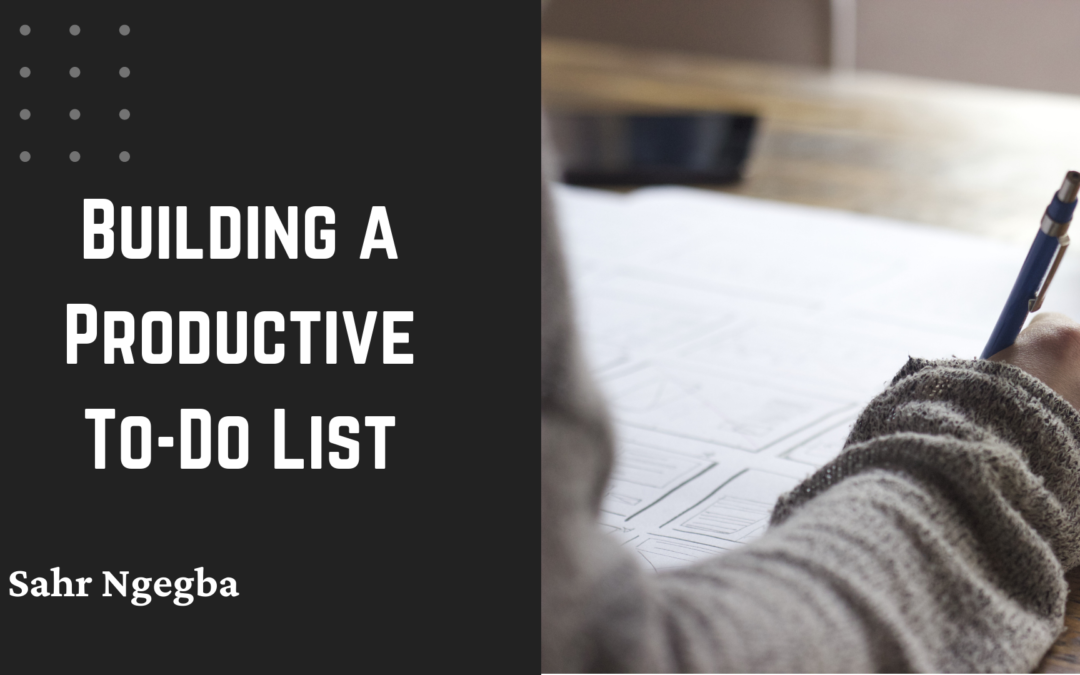If you’re hoping to become a more productive person, you should start your efforts by committing to the simplest tool available to you: the to-do list. Human beings operate best with a set structure. We don’t respond well to chaos, and we have an easier time handling tasks that are well-defined. To-do lists are great because they’re simple yet versatile. You can use them for short or long periods of time. A daily list will keep you engaged with all the small tasks that your life requires, while annual lists are great for setting long term goals. Here’s what you should keep in mind as you make to-do lists the central component of your plan for increasing productivity.
Keep It Simple
The goal of a to-do list is to make order out of chaos. This will only happen if the items on your list are simple, straightforward, and easy to complete. When making your list, try to put every future task into the simplest terms possible. “Figure out taxes,” for example, isn’t a good item for a to-do list. It’s far too vague, and it doesn’t compel any obvious actions. Instead, base your list on easily-acted-upon chores like “download W2 form,” “replace printer ink cartridge,” and “print out forms.”
Be Intentional About Your List
Don’t ever make a to-do list just for the sake of it. Your daily lists should be geared toward an overarching goal. Think long and hard about how you can go about achieving your goals. Then, make each individual to-do list an intentional, strategic building block that leads toward your big aspirations.
Become Obsessive About Completing Your List
To-do lists don’t mean anything if you don’t actually complete them. Sometimes, avoiding procrastination requires holding yourself accountable. Don’t shy away from being a little bit hard on yourself. These lists are meant to help you achieve your goals, and if you don’t complete them, then you’re selling yourself short. It’s okay if your behavior around the lists becomes somewhat obsessive. Just be careful not to burn out completely. Give yourself plenty of opportunities for breaks, and step back from your projects when you feel you’re overdoing it.

